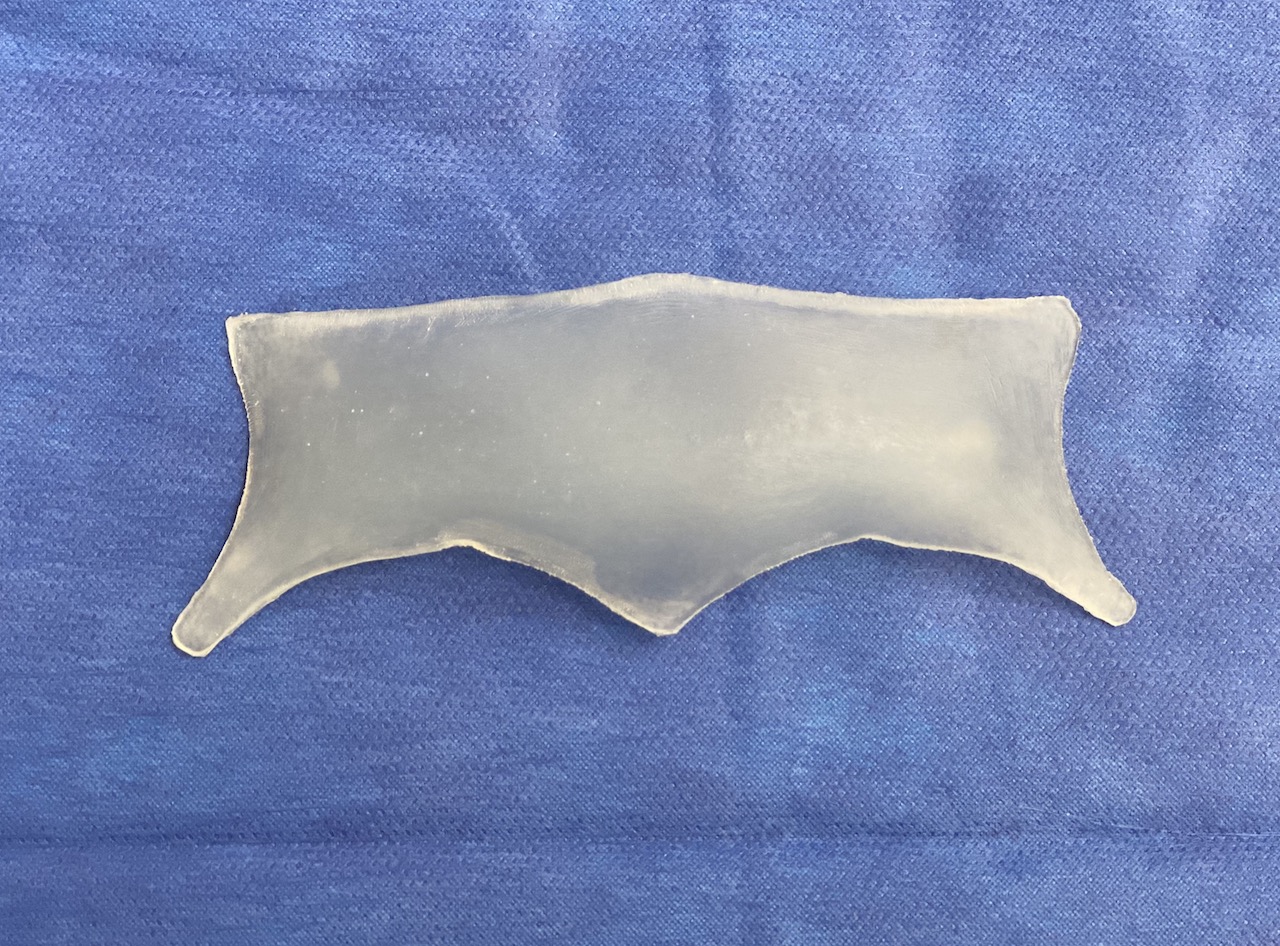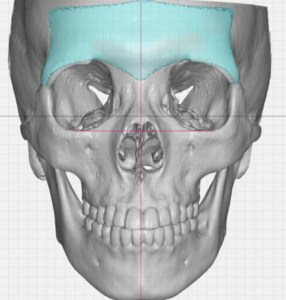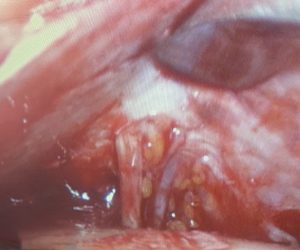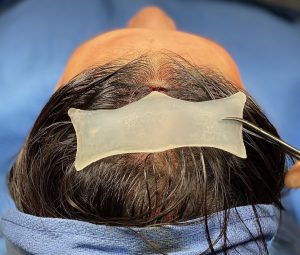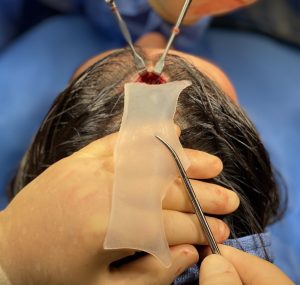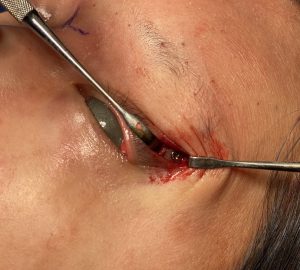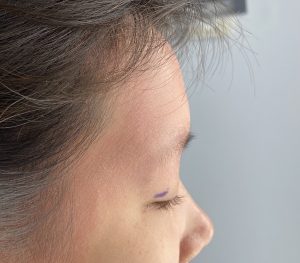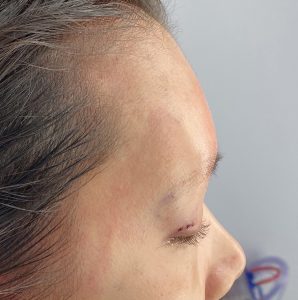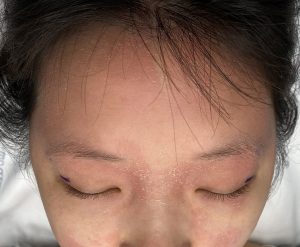Background: Like most other facial features the shape of the forehead is gender specific. There are numerous parts of the forehead that differ between women from men but the most obvious is that of the brow bones. In men due to the influence of testosterone the frontal sinuses develop more fully, creating prominent brow bone mounds in the central lower forehead. With the brow bone mounds comes a supra brow bone break as it transitions into the forehead above it.
In women such brow bone prominences do not usually exist…or if they do they are very small. With lack of enlarged brow bones there is no brow bone break with a smooth transition between the forehead and the brow bones. This is one reason women have a more vertically inclined forehead with a more ‘retracted’ base. The other reason is that women have a greater overall forehead convexity or roundness.
While men dominate those seeking aesthetic brow bone augmentation, there are indications for females to seek that aesthetic change as well. One indication is in females that have a very flat brow bone area that makes the forehead look too protrusive and even the eyes a bit too prominent.


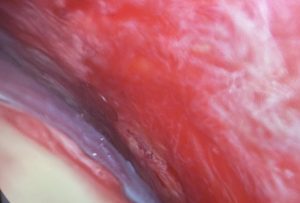
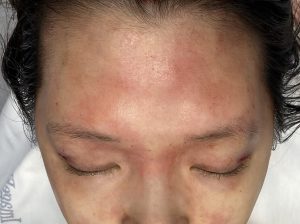
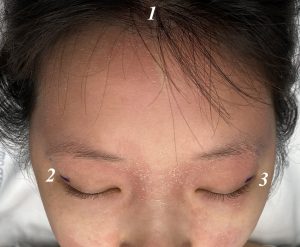
Case Highlights:
1) The objectives of female brow bone augmentation are different than men and are to create fullness on the lower forehead that merges with the forehead above it.
2) The design and shape of a female brow bone is different than in men with lack of defined brow bone prominences.
3) The three incisional triangulation technique is the most assured method of custom brow bone implant placement with minimal scarring.
Dr. Barry Eppley
Indianapolis, Indiana

